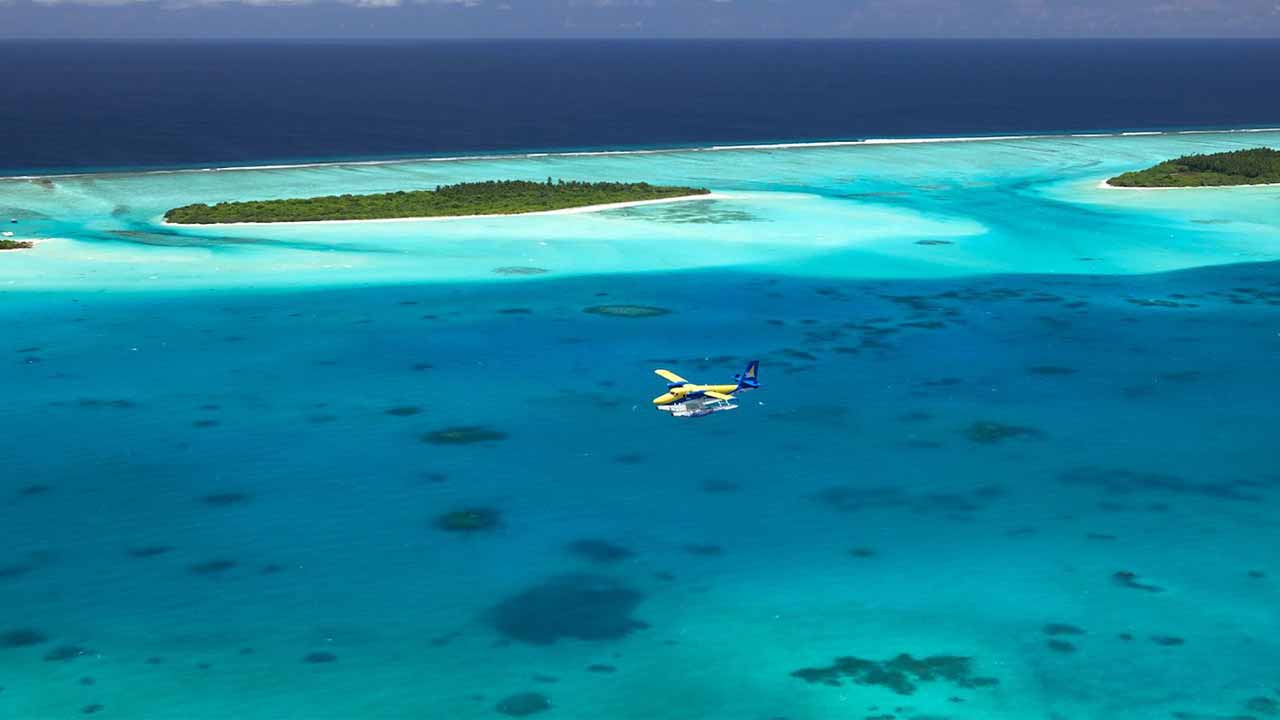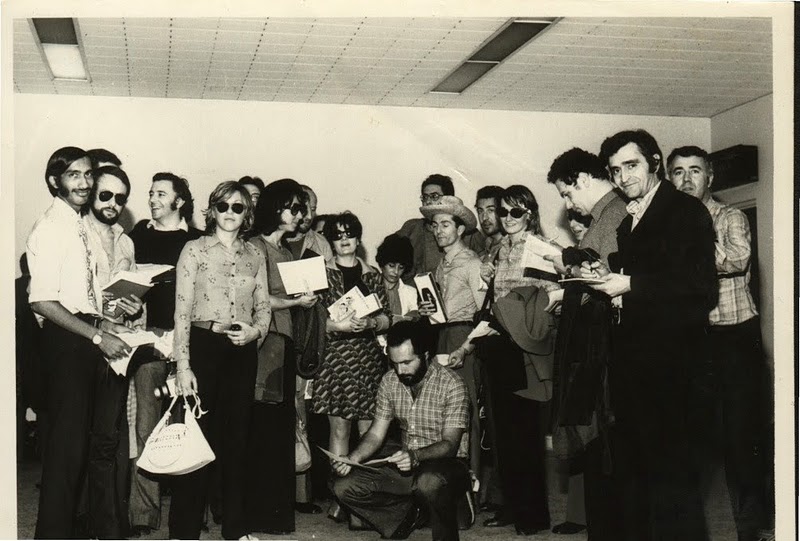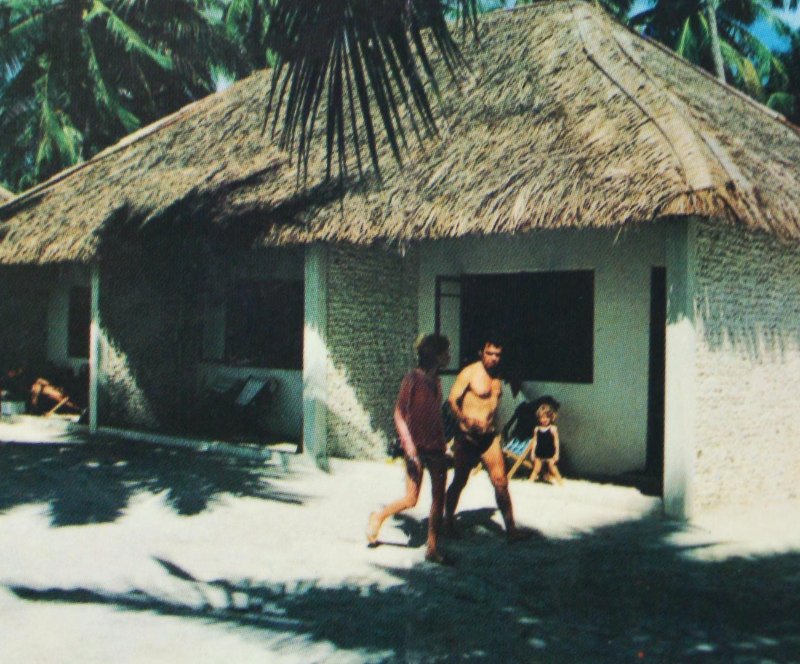
The Rise of Maldives as the world’s top tourist destination: History and Statistics
- July 8, 2017
Who would have thought that a bunch of small islands scattered in the Indian Ocean is set to be one of the world’s top tourist destination today?
Back in 1972, a small group of friends had the idea of opening their homes to 22 guests to Male, the country’s capital. They cooked for them, sailed with them and toured them from island to island. A “special correspondent” for the Morning Sun, a new English-language newspaper, met Corbin and his party soon after their arrival and immortalized the birth of tourism on the front page.
For its postcard-worthy façade and overall surroundings, the image of Maldives on the front page sparked the interest of a team of United Nations Development Program experts to travel to the said country and survey its potential. But, back in the 1960s, there were none. It was reported that they didn’t even bother trying for the obstacles were too big and it was just a waste of time. To them, a country with no bank, no airport or even electricity on the islands—is not ideal as a tourist destination, let alone sustain tourism as an industry.
An Italian adventurer and a Maldivian local, George Corbin and Ahmed Naseem, met in Colombo and the plan of making Maldives a must see places in the world was born. It was the genesis of an industry that may welcome a million visitors this year to what is possibly the world’s most prestigious destination. After 40 years the report was published, the first paying guests came. On October 28, 1972, on an island renamed Kurumba, 30 rooms were filled with Italian guests. The rooms were hastily built—the walls were made of coral, the beams were coconut trunks and the roofs were made of palm leaves and branches. It was far from your idea of a hotel room: no private comfort room, no lounge, and no air-conditioning. Each room only had the necessities: a bed, a wardrobe, a dressing table and a luggage rack.
 The first group photo of the tourist from Italy to Maldives.
The first group photo of the tourist from Italy to Maldives.
Meals were a repetition of tuna curry, rice, coconut, and bananas. Drinking water was rainwater or from a well. The only way to get around was by sailing, very slowly, in a traditional Dhoni. You might wonder, if that was the state of the accommodation, why did they stay in Maldives and had their vacation there? The answer was simple and everyone of them knew it: they were in paradise.
The people behind Maldives’ first guest house was on the top of their toes the whole time. “I was cook, gardener and room boy,” he recalls. “We had to do everything ourselves, and there was nothing in the Maldives then – not even a telephone. We had to use ham radio or Morse code to contact Colombo for supplies,” recalls Mohamed Umar Maniku, who now is the chairman of Universal Enterprises.
The following years, tourists started flocking Maldives dozen by dozen, especially that no passports were needed at the airport. Tourist regulation was not that strict, you could go anywhere if they had the wherewithal to sort out cargo boats and fishing vessels. In 1984, the government tighten its regulation and made staying in unregistered resorts and islands illegally. Resorts also started paying their dues and leases instead of simply paying with “peppercorn rates” (coconut and firewood rates). They said that if they want to be the next big thing, they need to have and follow a process.
Guesthouses and resorts started developing their amenities too. During that time, “hot and cold water” drew clients and customers more than ever. Air conditioning units also made their debut. Rooms became villas, food became cuisine. The ubiquitous Gulf Craft has replaced the Dhoni, Seaplanes have displaced Russian helicopters.
The first really big idea that was really a bang and transformed the industry was the water bungalow, first built in the early 1990s. By the late 1990s came the spa. Maldives today has the reputation as “the destination spa”, some tourists, travel especially for it, seeking relaxation and chill. Maldivian developers took the established idea of building over the water to another level. Underwater is the new overwater. Sub-aquatic restaurants started to pop out one by one. Followed by underwater spas, and eventually, underwater nightclubs.”We’ve come a long, long way, further than any of us thought possible,” says Mohamed Umar Maniku, chairman of Niyama’s parent company, “although we were too busy to dream in those early years. At least I don’t have to sweep the beaches anymore!”
Tourism in Maldives started picking up in 2009. A total of 655,852 tourists visited the then starting Maldives, catapulting the country’s tourism industry in ways no one dared imagined back in the 80s. By January the following year, the number of accommodation choices in the islands rapidly grew. The occupancy rate of these accommodations was ranging from 80-100% all the time.
In February 2015, the Maldivian government recorded an all-time record of 120,468 tourists that visited the Maldives in February 2015, as the highest recorded in a month so far in the history of Maldives tourism.
In December 2015, the tourist arrivals in Maldives jumped 15% from December of 2014, one of the biggest leaps in the tourism industry of the country. Almost 1.3 million people from all over the world visited the country, proving that summer never ends for them and there is no such thing as a peak and lean season for them.
On the first month of 2016, Maldives welcomed over 100,000 tourists, with an impressive 11% jump from the previous year’s statistics. As of today with just six months down this year, more than half a million people have already visited the country. In 2015, China gained the top spot as the largest source of tourists, with 349, 514 visitors in January, which represents 29.1%. The list is followed by Germany with an 8.5% share, followed by the United Kingdom with 7.5%, Italy, and India, with 5.3% and 4.2%, respectively.
Ever since the Europeans were the top visitors of Maldives. From 2009-2016, they make up 37-50% of the tourists going to the country. In December 2015 alone, European tourists accounted for 53.7% of arrivals.
Image sources: http://maldiveshistory.org/









